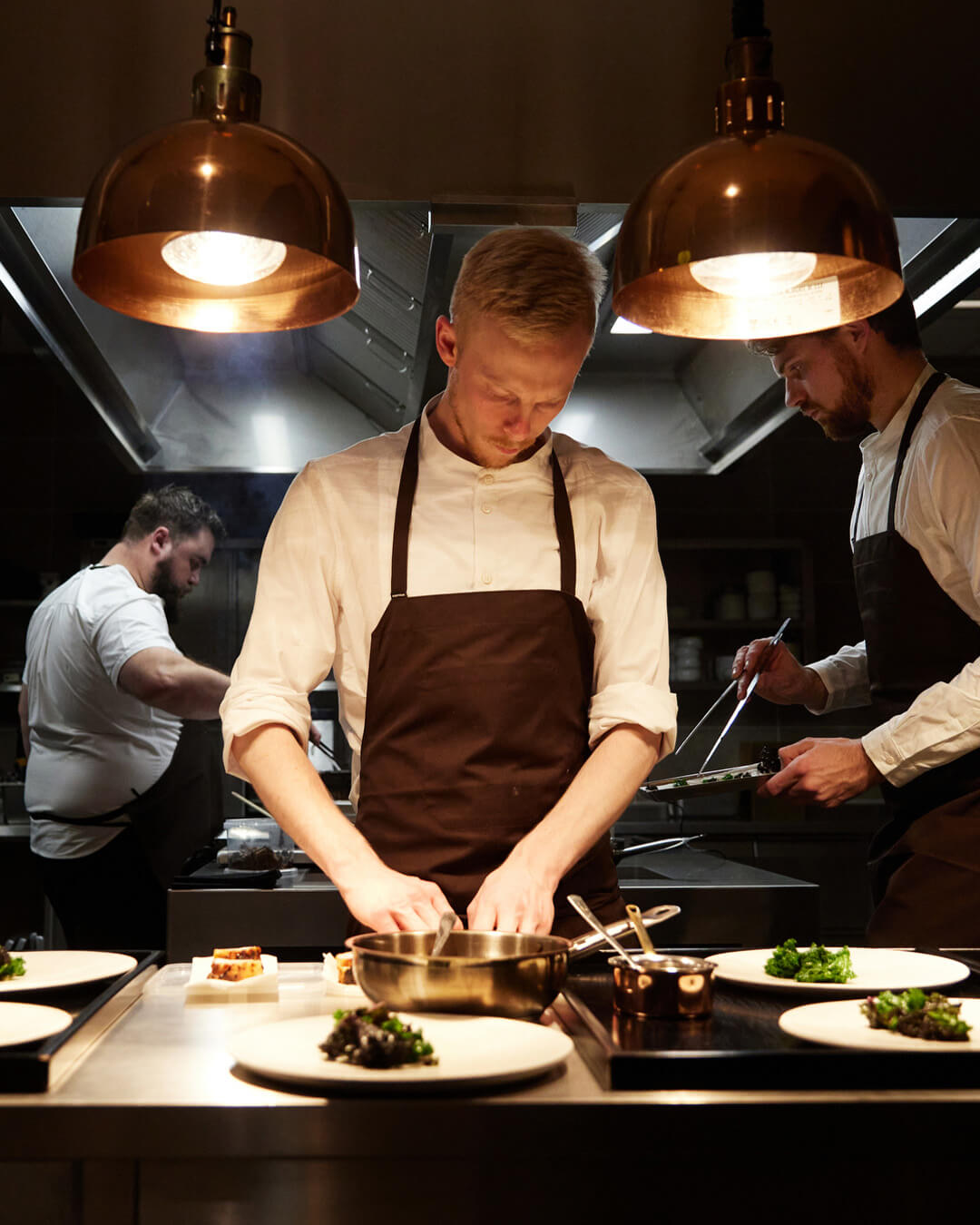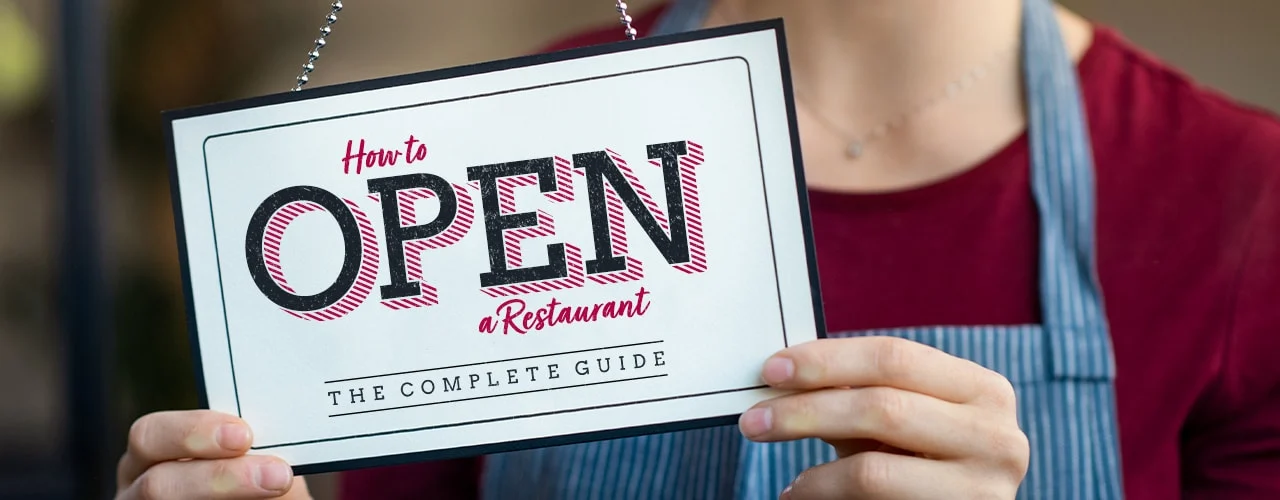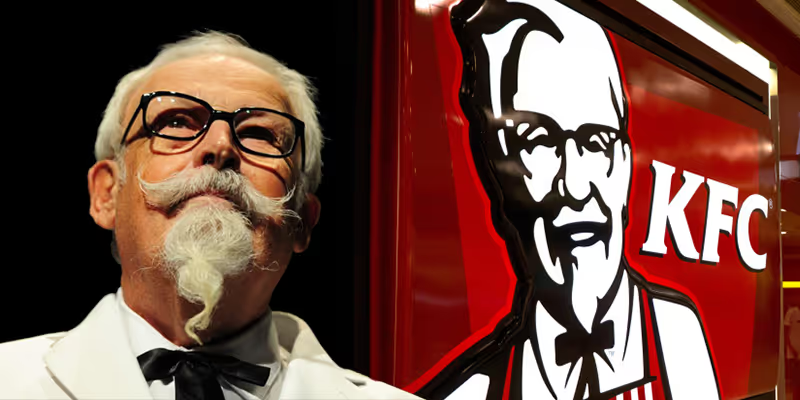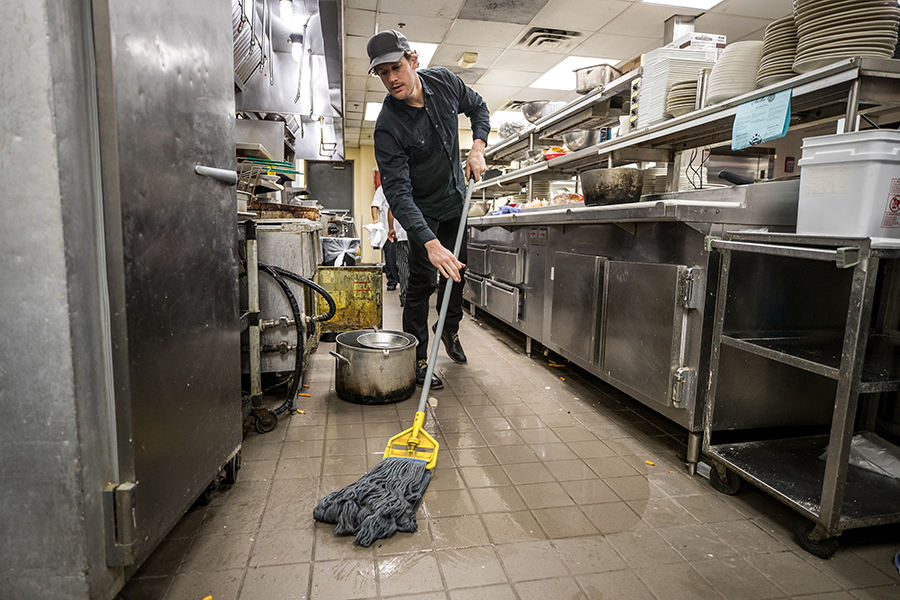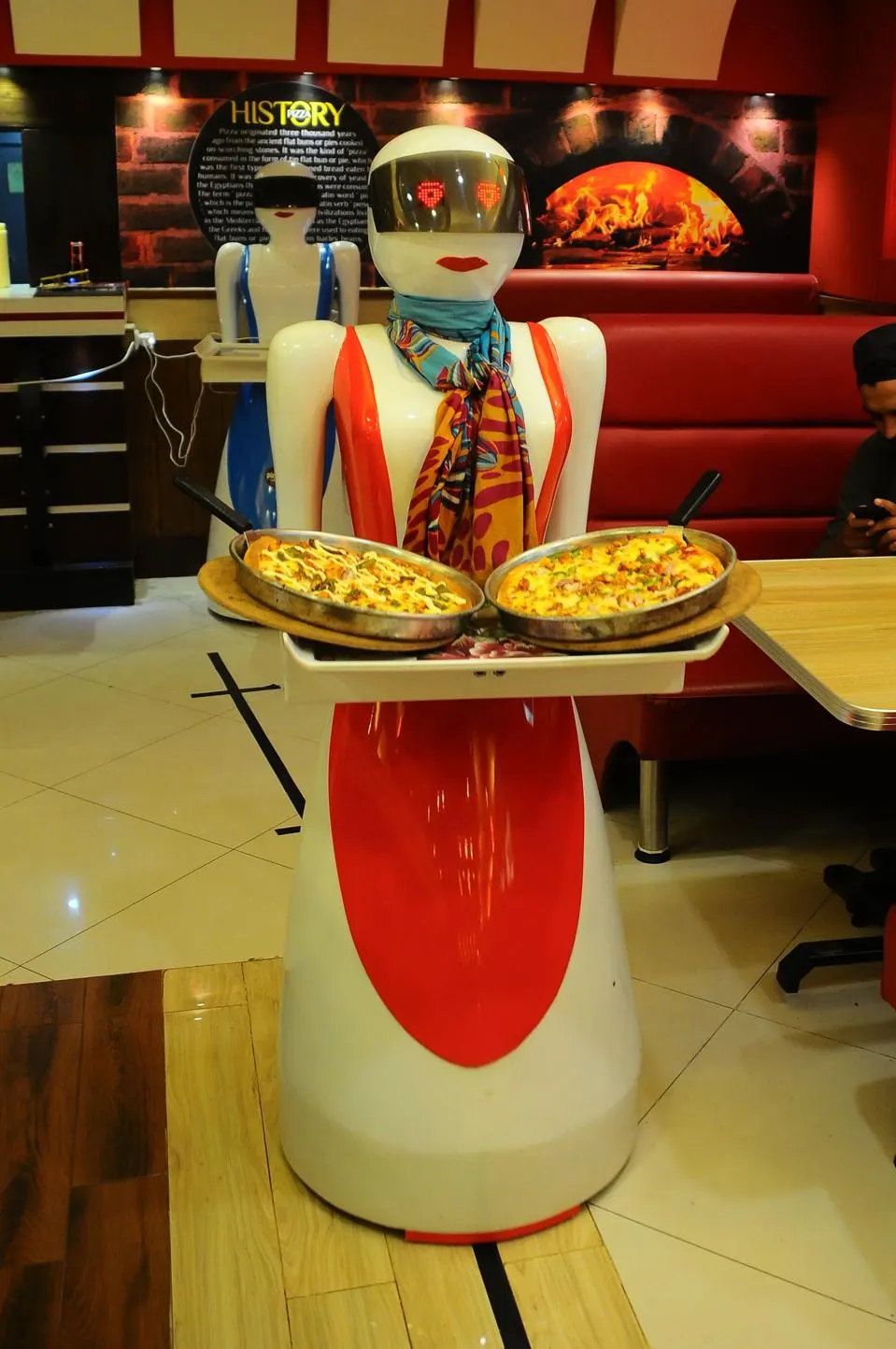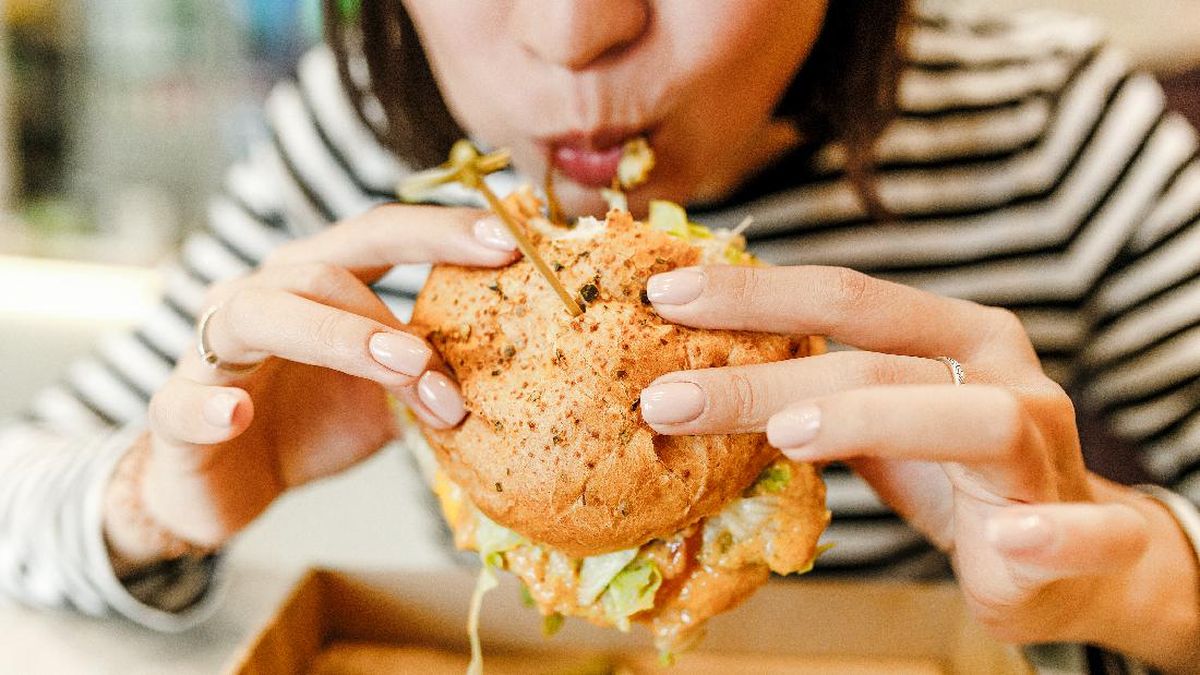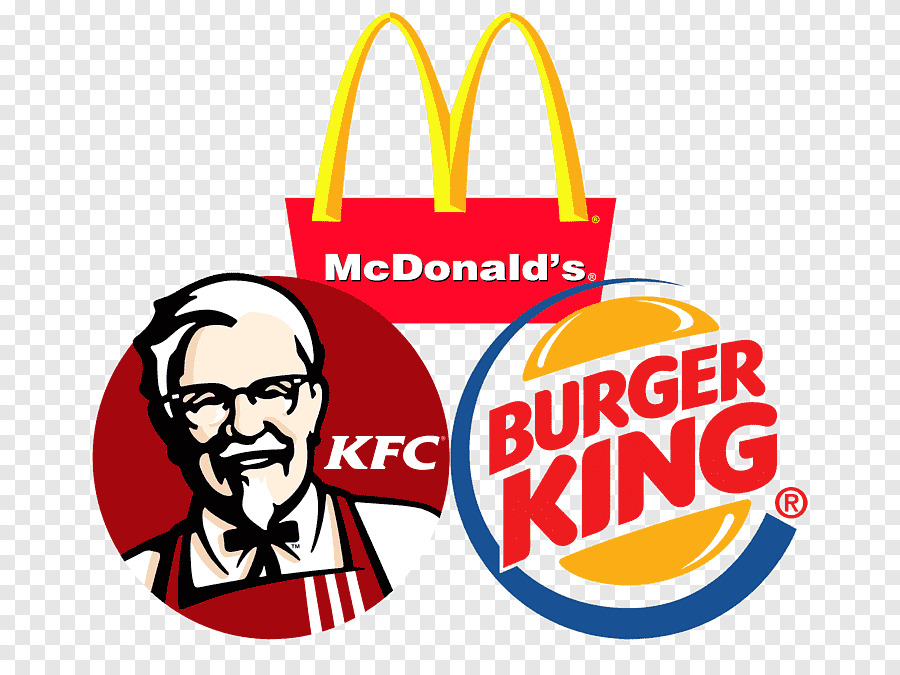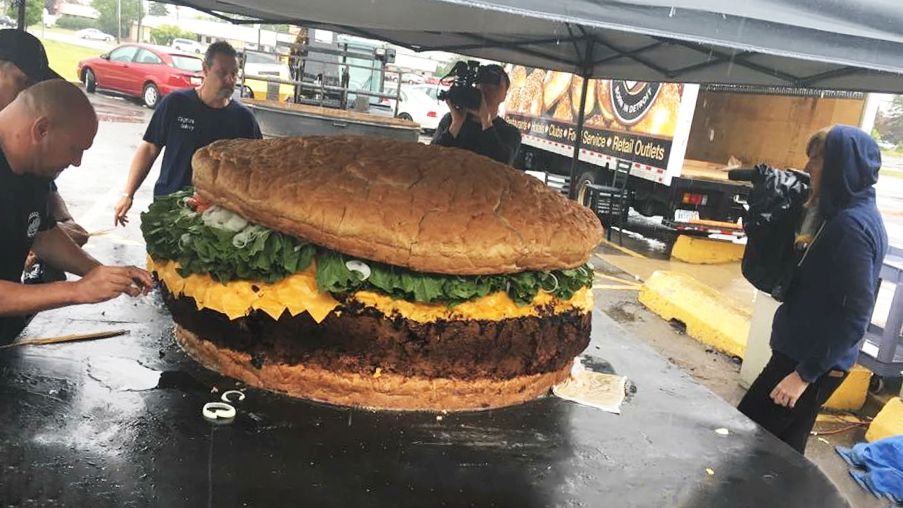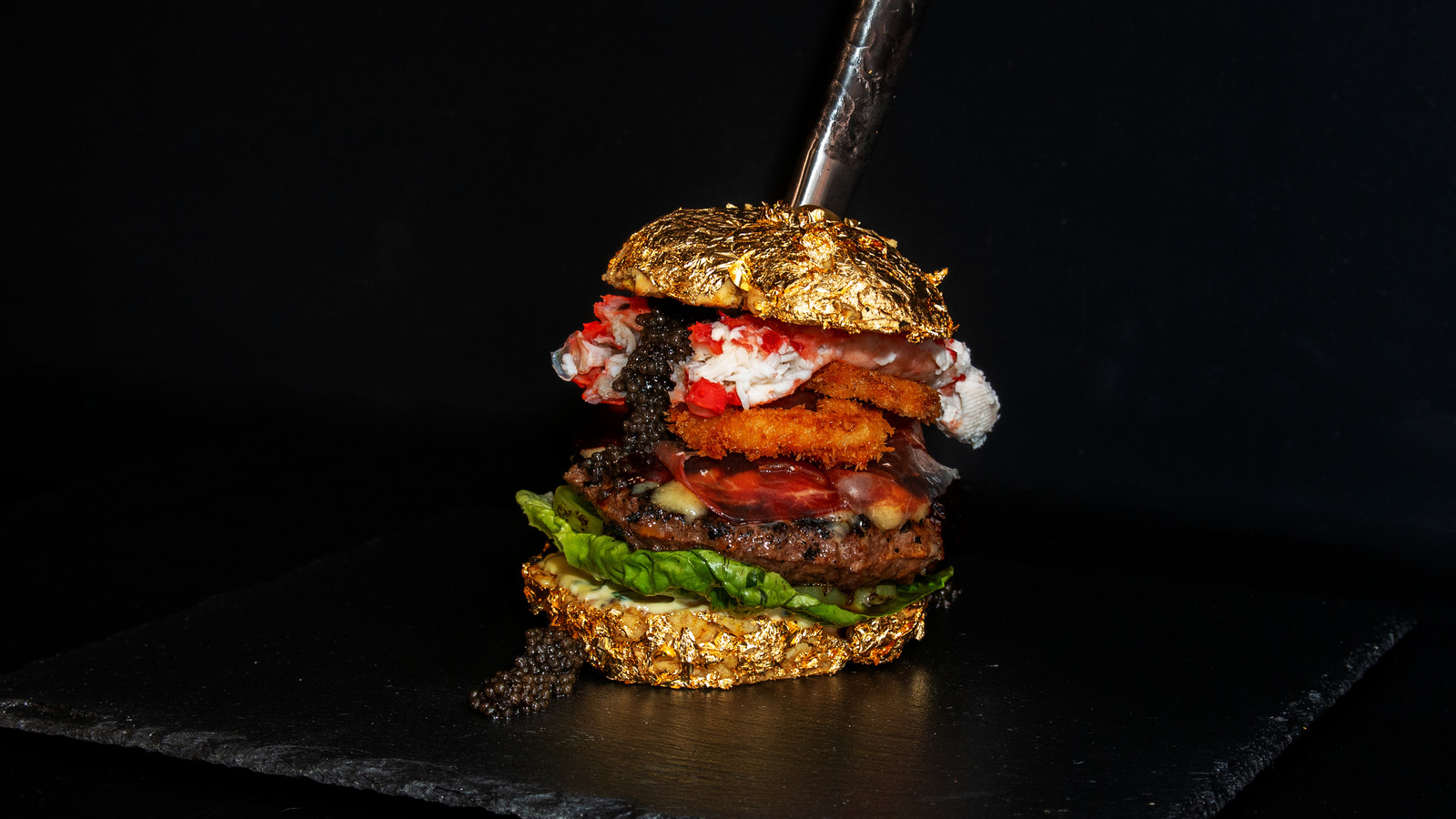While travel brochures often lead visitors to the most publicized restaurants in town, the most memorable meals are often found in humble, lesser-known spots known only to locals. These hidden gem eateries may not have big signs or long lines of tourists, but they’re packed with flavor, charm, and authenticity.
Let’s explore a selection of these low-key yet beloved restaurants from around the world — places where residents dine regularly, and where travelers lucky enough to find them are treated to something truly special.
1. Taquería El Greco – Mexico City, Mexico
Tucked away in the tree-lined streets of Condesa, Taquería El Greco is a modest spot that serves some of the city’s most delicious tacos árabes. This place isn’t flashy, but it’s packed with flavor and loyal regulars. The menu is simple, the portions are generous, and the flavor keeps people coming back.
Must-try dish: Tacos árabes with homemade chipotle sauce.
2. Menya Shono – Tokyo, Japan
Hidden in a quiet alley near Ichigaya Station, Menya Shono is a small ramen shop where innovation meets tradition. Known for its creative broths and limited-edition flavors, this spot is a favorite among Tokyo locals who crave something different but comforting.
Signature item: Shoyu ramen with black truffle oil.
3. Osteria delle Coppelle – Rome, Italy
Just steps away from the lively streets near Piazza Navona lies this cozy Italian osteria that blends into the historic surroundings. It’s easy to miss if you’re not looking, but those who enter are rewarded with rich pasta dishes, seasonal ingredients, and a laid-back local vibe.
Don’t miss: Classic cacio e pepe and a glass of regional wine.
4. Warung Satria – Denpasar, Bali
While most tourists head to beachside cafés in Kuta or upscale restaurants in Ubud, locals in Denpasar flock to Warung Satria for authentic Balinese dishes served in a humble setting. With fast service and bold flavors, it’s a go-to spot for a quick, satisfying meal.
Recommended plate: Nasi campur with sate lilit and sambal matah.
5. Taverna Klimataria – Athens, Greece
Behind the bustle of the Athens Central Market, this historic taverna has been serving traditional Greek fare for generations. With live folk music on some nights and slow-cooked dishes that taste like home, this spot is as authentic as it gets.
Top choice: Lamb kleftiko and a rustic Greek salad with thick-cut feta.
6. Chez Aline – Paris, France
Disguised as a former butcher shop, Chez Aline is a tiny sandwich spot in the 11th arrondissement that offers refined yet affordable meals. The menu changes daily, and the ingredients are always fresh, making it a favorite lunch stop for nearby office workers.
House favorite: Ham and butter baguette sandwich or the daily tartine.
What Makes These Places Stand Out?
These eateries aren’t built for social media; they’re built for the community. They serve dishes passed down through generations, rely on word-of-mouth reputation, and offer meals at fair prices. Dining at one of these spots feels less like a transaction and more like being welcomed into a tradition.
How to Discover Hidden Gems on Your Own
- Skip the mainstream review apps and talk to residents instead.
- Look for modest places with handwritten signs and steady local traffic.
- Stay away from restaurants offering menus in multiple languages or overly “global” dishes.
- Venture beyond the tourist-heavy areas; just a short walk away, the atmosphere often changes entirely.


